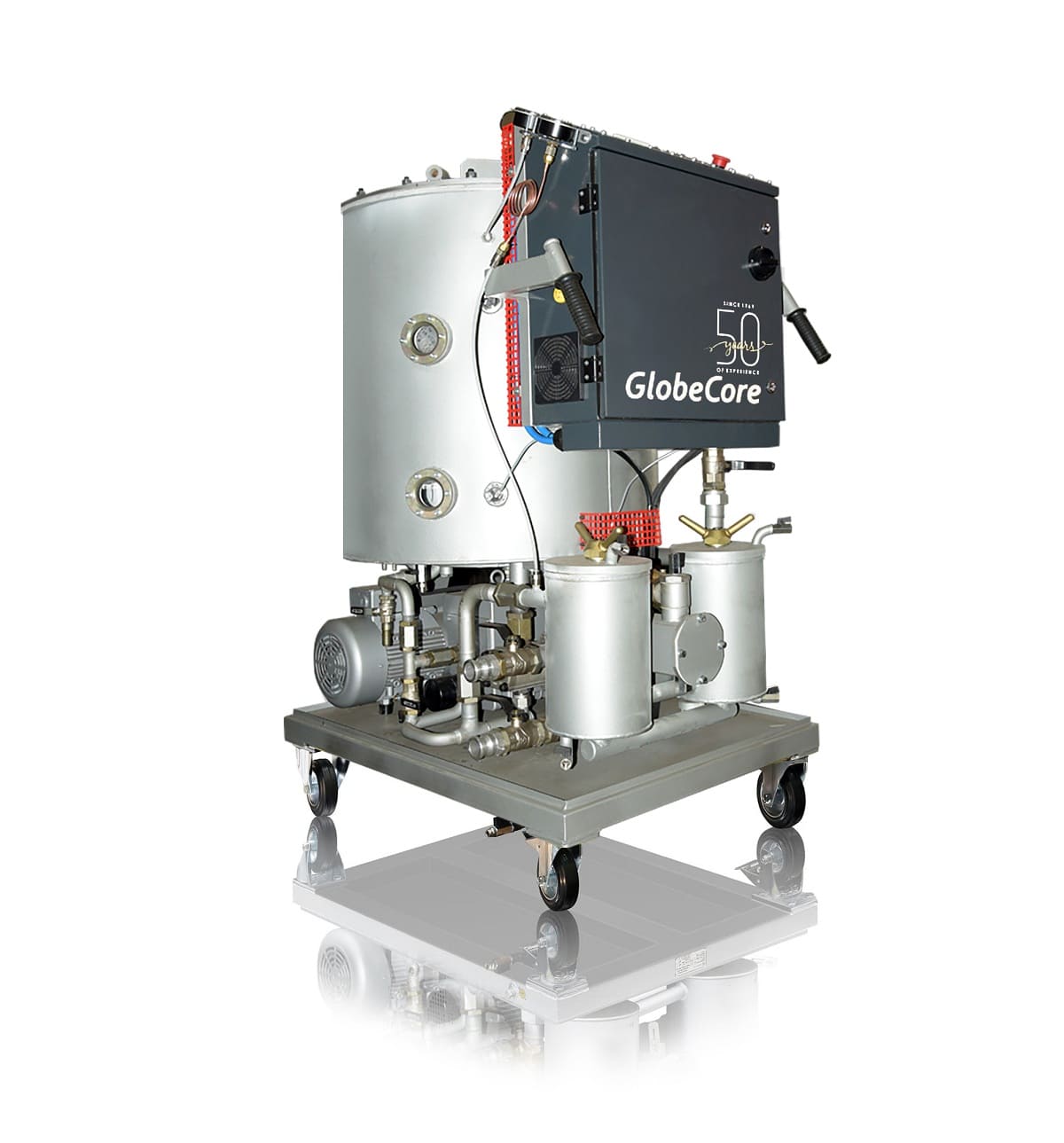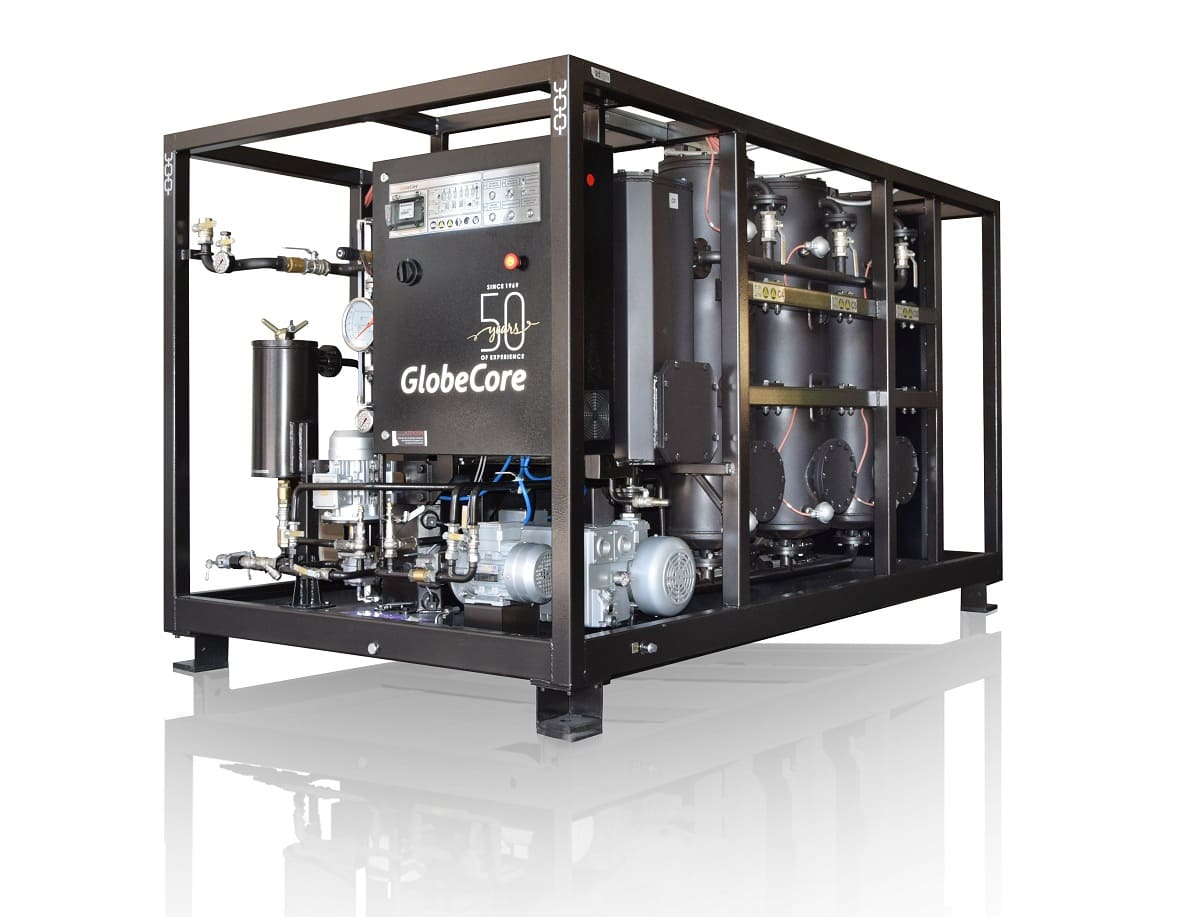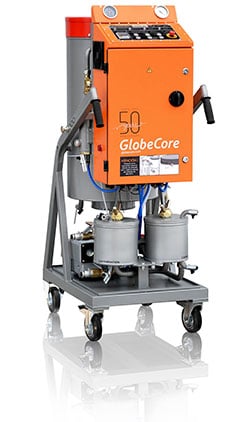What are the best Hydraulic Oil Storage Solutions to prevent contamination and degradation?
- This topic has 1 reply, 2 voices, and was last updated 1 year, 1 month ago by .
Answers
-
October 7, 2024 at 5:33 am by Brian Allen
The best Hydraulic Oil Storage Solutions to prevent contamination and degradation involve maintaining a clean, controlled environment that minimizes exposure to contaminants and environmental factors. Sealed Containers: Store hydraulic oil in airtight, corrosion-resistant containers to prevent moisture ingress, dust, and other contaminants from entering the oil. Temperature Control: Keep storage areas at stable, moderate temperatures to prevent thermal degradation and maintain oil viscosity. Elevated Storage: Store containers off the ground to avoid exposure to water and debris. Ventilation Systems: Ensure proper ventilation to prevent the buildup of harmful vapors and reduce moisture condensation. Regular Inspections: Conduct periodic inspections of storage containers for leaks, rust, or damage, and replace them as necessary. Contamination Prevention: Use clean handling practices and tools to transfer oil, avoiding introduction of particulates or other contaminants. Use of Desiccants: Incorporate desiccant breathers or moisture absorbers in storage containers to further protect against moisture contamination. Segregated Storage: Store different types of hydraulic oils separately to prevent cross-contamination and ensure compatibility. By implementing these storage solutions, the integrity and quality of hydraulic oil are preserved, preventing premature degradation and ensuring reliable performance when the oil is eventually used in hydraulic systems.



